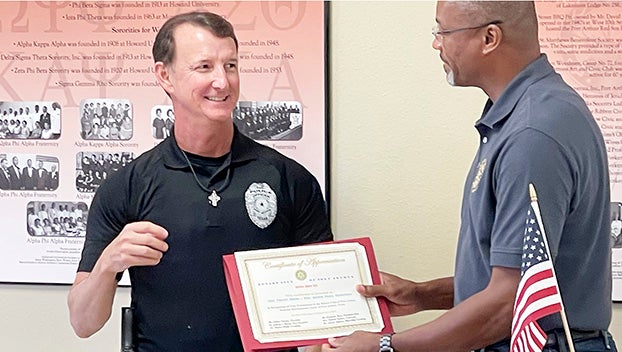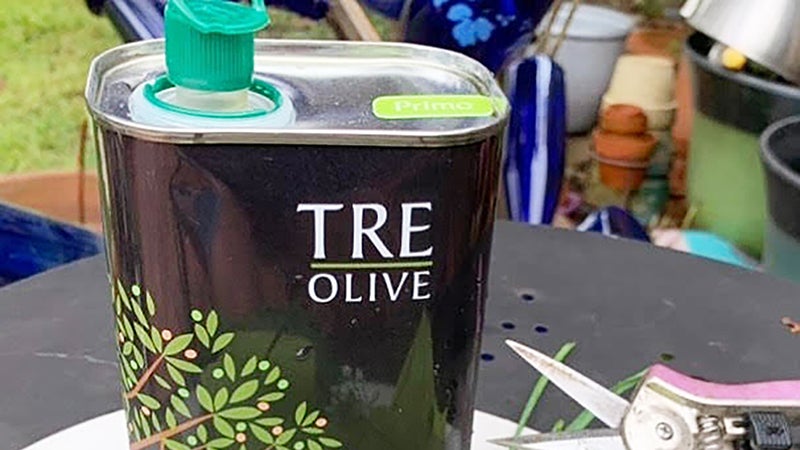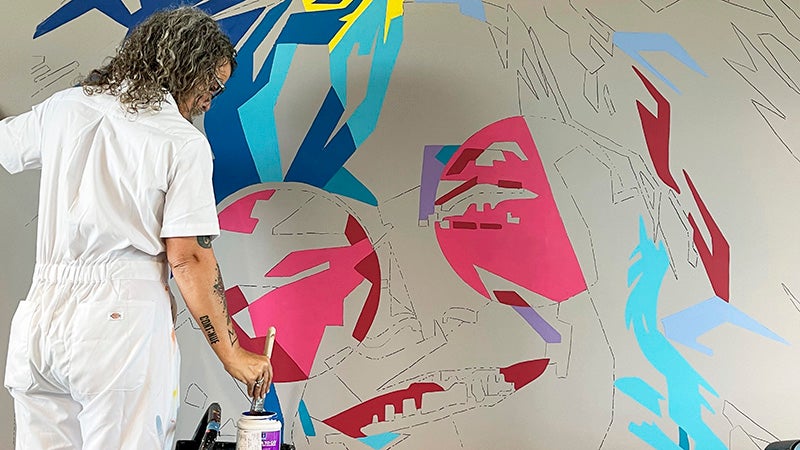HEALTHY LIVING — Is it a stroke? What to do
Published 12:09 am Friday, July 26, 2019
Could you be having a stroke? Unlike many medical issues, such as heart attacks, the symptoms of a stroke aren’t painful or acute. If you have some numbness or weakness in your arm and it doesn’t hurt, it could be a stroke. Heart attacks hurt.
One way to quickly remember the symptoms of stroke is the acronym FAST, which stands for “face,” “arms,” “speech,” and “time to call 9-1-1.”
Face: Does one side of the face droop or is it numb? Ask the person to smile.
Arm: Is one arm weak or numb? Ask the person to raise both arms. Does one arm drift downward?
Speech: Is speech slurred, is the person unable to speak, or is the person hard to understand? Ask the person to repeat a simple sentence, like “the sky is blue.” Is the sentence repeated correctly?
Time to call 9-1-1: If the person shows any of these symptoms, even if the symptoms go away, call
9-1-1 and get the person to the hospital immediately. Quick treatment is crucial.
Physical and even cognitive issues can make it difficult for a person to help himself or herself. In these cases, an onlooker could mean the difference between life and death.
A stroke can produce very severe neurological problems like paralysis, but because it affects the brain at the same time, that can impair the person’s ability to recognize that anything’s wrong. A person can have complete paralysis and crash to the floor, but if you ask him/her if anything’s wrong, the person may say no. Many people may want to call the family doctor in this situation, but it’s best to just call 9-1-1.
The doctor might say, “Well, come to the office, I’ll check your blood pressure.” But it doesn’t get the patient to the emergency department quickly where they need to be in order to be treated. Quick treatment may mean the difference between complete recovery and death.
Education is paramount. The healthcare industry has made great strides through constant efforts in public education in the past 20 years, but there are still major gaps in public education to recognize the signs and symptoms of a stroke.
There have been many studies, many efforts to educate the public through lectures, going into nursing homes, assisted living facilities, places of worship, health fairs, etc. Efforts made by the American Heart Association and the American Stroke Association to enact programs such as “Get With the Guidelines” are examples of public education initiatives. They emphasize this kind of quality improvement and, in fact, hospitals that had stroke certification had better door to treatment times.
While hospitals and health networks can work to improve treatment time for stroke patients, they can only begin to help once the patient — or someone else — has taken the initiative to come to the hospital.
One thing to emphasize is patient education, awareness of the signs and symptoms of stroke, and the importance of calling 9-1-1 if you see those symptoms. Don’t go to bed and think it’s going to go away, because you may wake up with a much larger stroke if you go to bed with symptoms. That is one thing that is entirely dependent on patient education.
Take care, my friends, don’t gamble with your health. As mama used to say, “Better safe than sorry.”
Jody Holton writes about healthy living for The Port Arthur News.






